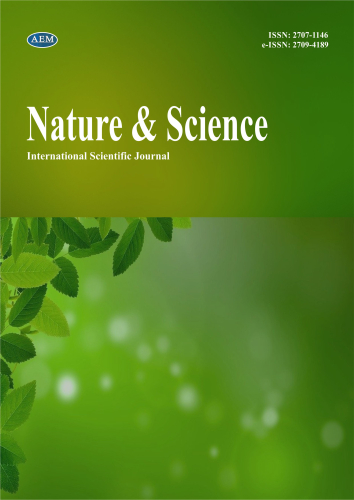https://doi.org/10.36719/2707-1146/54/30-34
Aytakin Mammadova
Azerbaijan State Agricultural University
https://orcid.org/0000-0001-5834-2546
aytakin.mammadova@adau.edu.az
Oktay Aliyev
Azerbaijan State Agricultural University
https://orcid.org/0009-0003-9281-8976
oktay.aliyev@adau.edu.az
Narmin Taghiyeva
Azerbaijan State Agricultural University
https://orcid.org/0009-0005-2626-982X
narmin.tagiyeva@adau.edu.az
What Should We Know About Bioavailability and Bioequivalence?
Abstract
Bioequivalence studies a crucial role in the development and approval of generic drugs, requiring input from multiple disciplines, including regulatory affairs, pharmacokinetics, and statistics. These studies assess whether the test (T) and reference (R) formulations exhibit similar bioavailability, ensuring therapeutic equivalence. Typically, they involve well-established study designs, such as parallel or crossover approaches, which help compare the pharmacokinetic parameters of both formulations. The bioanalytical methods used in these studies must be highly accurate, precise, selective, sensitive, and reproducible to generate reliable data. Peripheral blood, including plasma, serum, or whole blood, is the most commonly used biological matrix for evaluating a drug’s systemic availability. The collection and analysis of biological fluid samples allow for the quantification of the active drug ingredient, its active moiety, and, when necessary, its active metabolites. These measurements are essential for determining the pharmacokinetic properties of the drug and ensuring compliance with regulatory bioequivalence criteria, ultimately supporting safe and effective drug substitution.
Keywords: bioequivalence, bioavailability, biological fluid, dosage form

